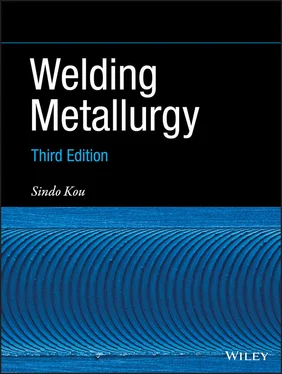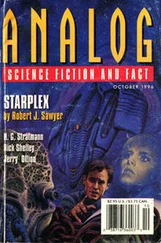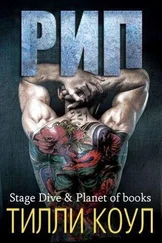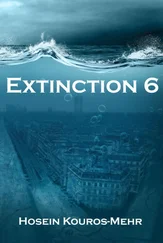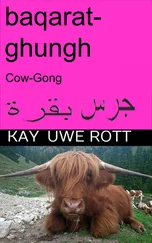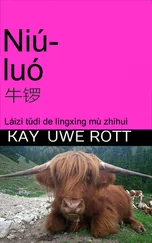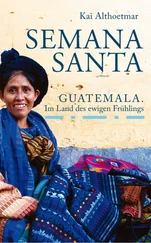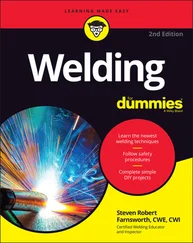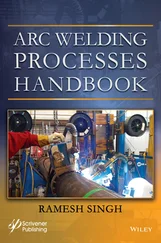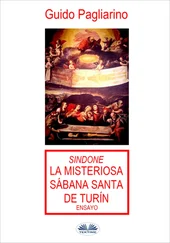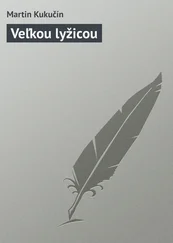38 38 Hunziker, O., Dye, D., and Reed, R.C. (2000). On the formation of a centreline grain boundary during fusion welding. Acta Materialia 48 (17): 4191–4201.
39 39 Kou, S. and Le, Y. (1982). The effect of quenching on the solidification structure and transformation behavior of stainless steel welds. Metallurgical and Materials Transactions A 13 (7): 1141–1152.
40 40 Lee, J.Y., Park, J.M., Lee, C.H., and Yoon, E.P. (1996). Synthesis/Processing of Light‐Weight Metallic Materials II, 49. Warrendale, PA: The Minerals, Metals and Materials Society.
41 41 Kihara, H., Suzuki, H., and Tamura, H. (1957). Researches on Weldable High‐Strength Steels, 60th Anniversary Series, vol. 1. Tokyo: Society of Naval Architects of Japan.
42 42 Liu, S., Brandi, S.D., and Thomas, R.D. (1993). ASM Handbook, vol. 6, 270. Materials Park, OH: ASM International.
43 43 Inagaki, M. and Sekiguchi, H. (1960). Continuous cooling transformation diagrams of steels for welding and their applications. Transactions of National Research Institute for Metals, Tokyo,Japan 2 (2): 102–125.
44 44 Kou, S., Kanevsky, T., and Fyfitch, S. (1982). Welding thin plates of aluminum alloys‐a quantitative heat‐flow analysis. Welding Journal 61 (6): 175s–181s.
45 45 Pavelic, V. and Tsao, K.C. (1980). Weld puddle shape and size correlation in a metal plate welded by the gas‐tungsten‐arc (GTA) process. In: Proceedings of the Conference on Arc Physics and Weld Pool Behavior, vol. 1. Arbington Hall, Cambridge: The Welding Institute.
46 46 Kou, S. and Kanevsky, T. (1982). Proceedings of the Conference on New Trends of Welding Research in the United States, 77. Materials Park, OH: ASM International.
47 47 Friedman, E. (1975). Thermomechanical analysis of the welding process using the finite element method. Journal of Pressure Vessel Technology 97 (3): 206–213.
48 48 Grill, A. (1981). Effect of current pulses on the temperature distribution and microstructure in TIG tantalum welds. Metallurgical Transactions B 12 (1): 187–192.
49 49 Grill, A. (1981). Effect of arc oscillations on the temperature distribution and microstructure in GTA tantalum welds. Metallurgical Transactions B 12 (4): 667–674.
50 50 Ushio, M., Ishimura, T., Matsuda, F., and Arata, Y. (1977). Theoretical calculation on shape of fusion boundary and temperature distribution around moving heat source (report I). Transactions of Japan Welding Research Institute 6: 1–6.
51 51 Kou, S. (1980). Proceedings of the Conference on Modeling of Casting and Welding Processes. Warrendale, PA: Metall. Society of AIME.
52 52 Friedman, E. and Glickstein, S.S. (1976). An investigation of the thermal response of stationary gas tungsten arc welds. Welding Journal 55 (12): 408s–420s.
53 53 Friedman, E. (1977). Numerical Modeling of Manufacturing Processes, 35. New York: American Society of Mechanical Engineers.
54 54 Lewis, R.W., Morgan, K., and Gallagher, R.H. (1977). Numerical Modeling of Manufacturing Processes, 67. New York: American Society of Mechanical Engineers.
55 55 Hsu, M.B. (1977). Numerical Modeling of Manufacturing Processes, 77. New York: American Society of Mechanical Engineers.
56 56 Glickstein, S.S. and Friedman, E. (1981). Effect of weld pool configuration on heat‐affected zone shape. Welding Journal 60 (6): 110s–112s.
57 57 Krutz, G.W. and Segerlind, L.J. (1978). Finite element analysis of welded structures. Welding Journal 57 (7): 211s–216s.
58 58 Paley, Z. and Hibbert, P.D. (1975). Computation of temperatures in actual weld designs. Welding Journal 54 (11): 385s–392s.
59 59 Hibbitt, H.D. and Marcal, P.V. (1973). A numerical, thermo‐mechanical model for the welding and subsequent loading of a fabricated structure. Computers & Structures 3 (5): 1145–1174.
60 60 Mazumder, J. and Steen, W.M. (1980). Heat transfer model for CW laser material processing. Journal of Applied Physics 51 (2): 941–947.
61 61 Eagar, T.W. and Tsai, N.S. (1983). Temperature fields produced by traveling distributed heat sources. Welding Journal 62 (12): 346s–355s.
62 62 Nippes, E.F. and Savage, W.F. (1949). Development of specimen simulating weld heat‐affected zones. Welding Journal 28 (11): 534s–546s.
63 63 Dynamic Systems. (2015). Press release (15 June), https://www.pr.com/press-release/624599.
64 64 Nippes, E.F., Savage, W.F., Bastian, B.J. et al. (1955). An investigation of the hot ductility of high temperature alloys. Welding Journal 34: 183s.
65 65 Nippes, E.F., Savage, W.F., and Grotke, G. (1957). Further studies of the hot‐ductility of high‐temperature alloys. Welding Research Council 33.
66 66 Widgery, D.J. (1972). Weld Thermal Simulators for Research and Problem Solving, 14. Cambridge: Welding Institute.
1 Kou, S. (1996). Transport Phenomena and Materials Processing. New York: Wiley.
2 Nasiri, M.B. and Enzinger, N. (2019). Powerful analytical solution to heat flow problem in welding. International Journal of Thermal Sciences, 135: 601–612.
1 2.1 In one welding experiment, 50‐mm‐thick steel plates were joined using electroslag welding. The current and voltage were 480 A and 34 V, respectively. The heat losses to the water‐cooled copper shoes and by radiation from the surface of the slag pool were 1275 and 375 cal/s, respectively. Calculate the heat source efficiency.
2 2.2 It has been reported that the heat source efficiency in electroslag welding increases with increasing thickness of the workpiece. Explain why.
3 2.3Consider the welding of 25.4‐mm‐thick steel plates. Do you prefer to apply Rosenthal's two‐ or three‐dimensional heat flow equation for full‐penetration electron beam welds? What about bead‐on‐plate, gas–tungsten arc welds?Suppose you are interested in studying the solidification structure of the weld metal and you wish to calculate the temperature distribution in the weld pool. Do you expect Rosenthal's equations to provide reliable thermal information in the pool? Why or why not?In multipass welding, do you expect a higher or lower cooling rate in the first pass than in the subsequent passes? Why?
4 2.4 Large aluminum sheets 1.6 mm thick are butt welded using GTAW with alternating current. The current, voltage, and welding speed are 100 A, 10 V, and 2 mm/s, respectively. Calculate the peak temperatures at distance of 1.0 and 2.0 mm from the fusion boundary. Assume 50% arc efficiency.
5 2.5 Bead‐on‐plate welding of a thick‐section carbon steel is carried out using 200 A, 20 V, and 2 mm/s. The preheat temperature and arc efficiency are 100 °C and 60%, respectively. Calculate the cross‐sectional area of the weld bead.
6 2.6 (a) Do you expect to have difficulty in achieving steady‐state heat flow during girth (or circumferential) welding of tubes by keeping constant heat input and welding speed? Explain why. What is the consequence of the difficulty? (b) Suggest two methods that help achieve steady‐state heat flow during girth welding.
7 2.7 A cold‐rolled AISI 1010 low‐carbon steel sheet 0.6 mm thick was tested for surface reflectivity in CO2 laser beam welding under the following different surface conditions: (a) as received; (b) oxidized in air furnace at 1000 °C for 20 s; (c) oxidized in air furnace at 1000°C for 40 s; (d) covered with steel powder. In which order does the reflectivity rank in these surface conditions, and why?
8 2.8 It was observed in yttrium‐aluminum‐garnet (YAG) laser beam welding of AISI 409 stainless steel that under the same power the beam size affected the depth–width ratio of the resultant welds significantly. Describe and explain the effect.
9 2.9 Calculate the peak temperature at the top surface of a very thick carbon steel plate at 5 mm away from the fusion line of the weld surface. The power of the arc is 2 kW, the arc efficiency 0.7, the travel speed 2 mm/s, and the preheat temperature 100 °C.
Читать дальше
